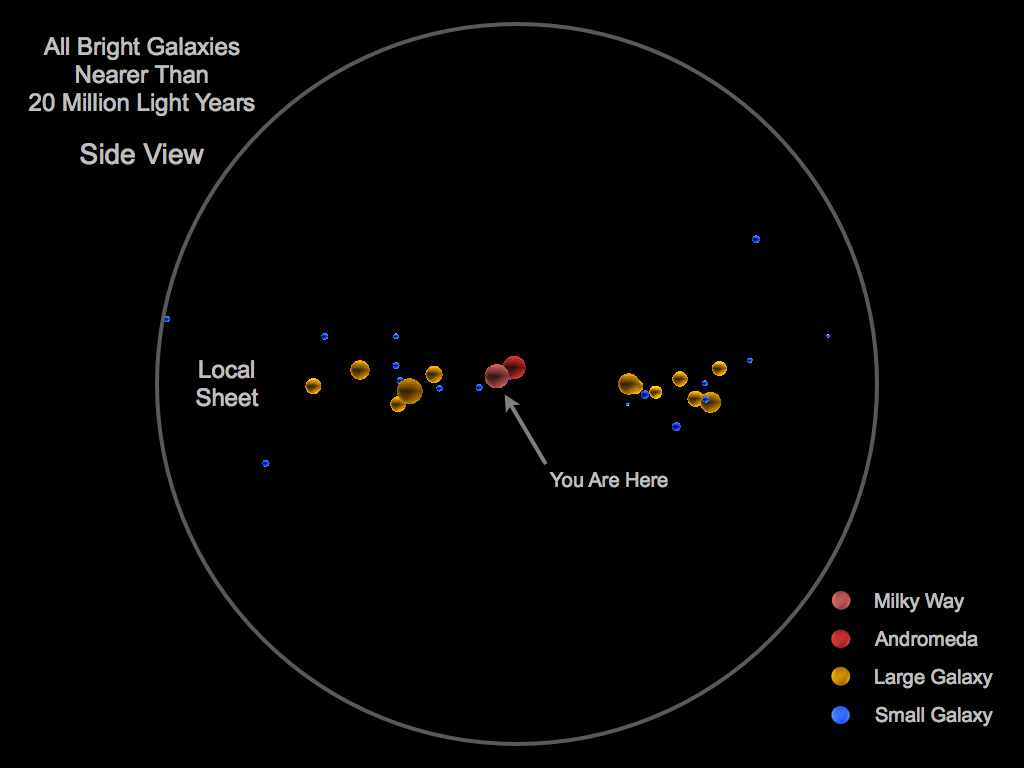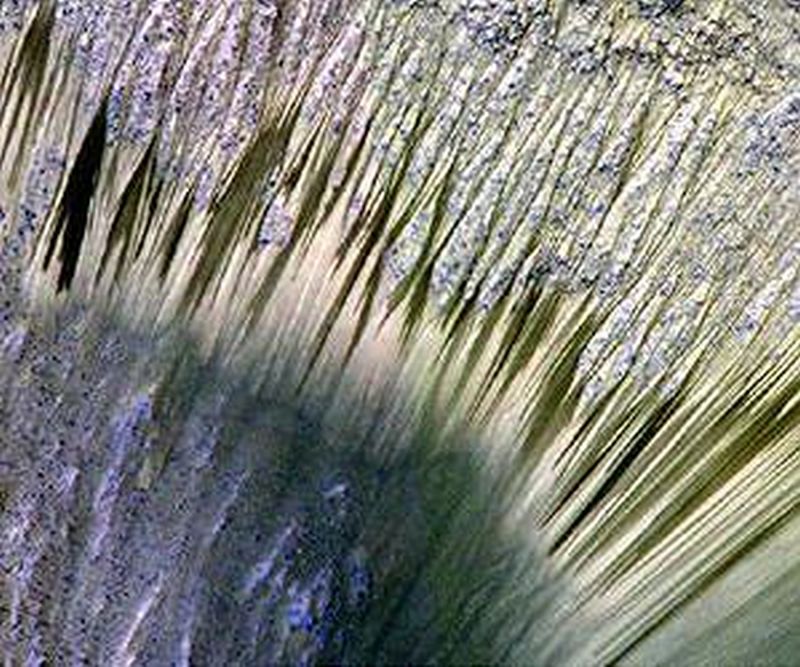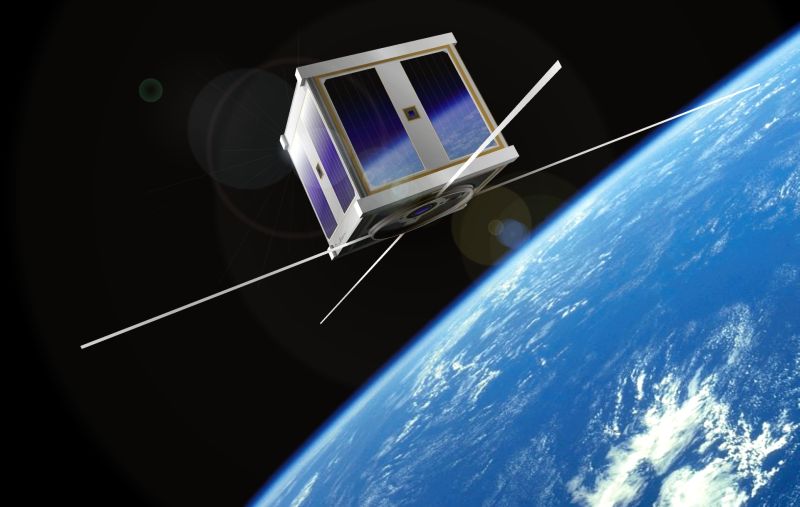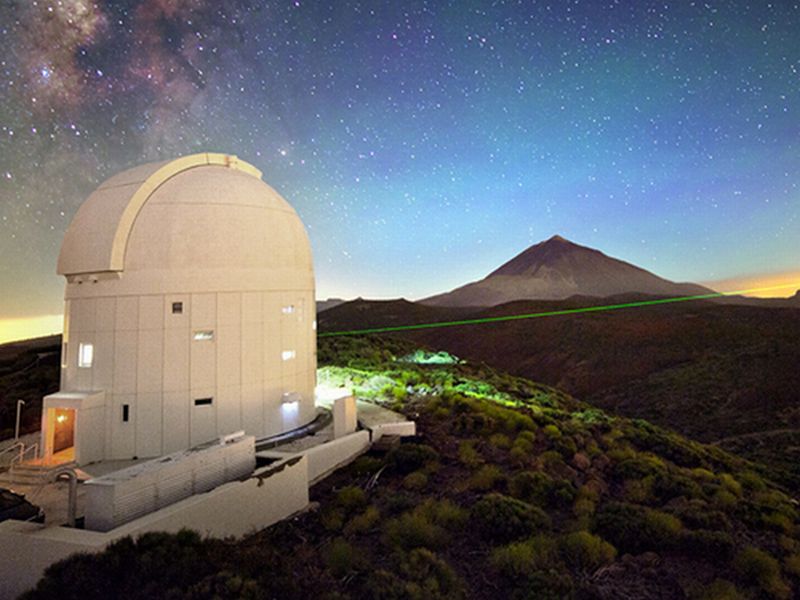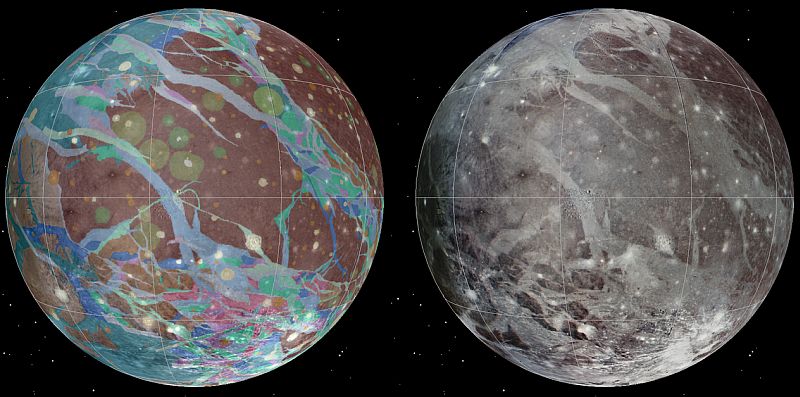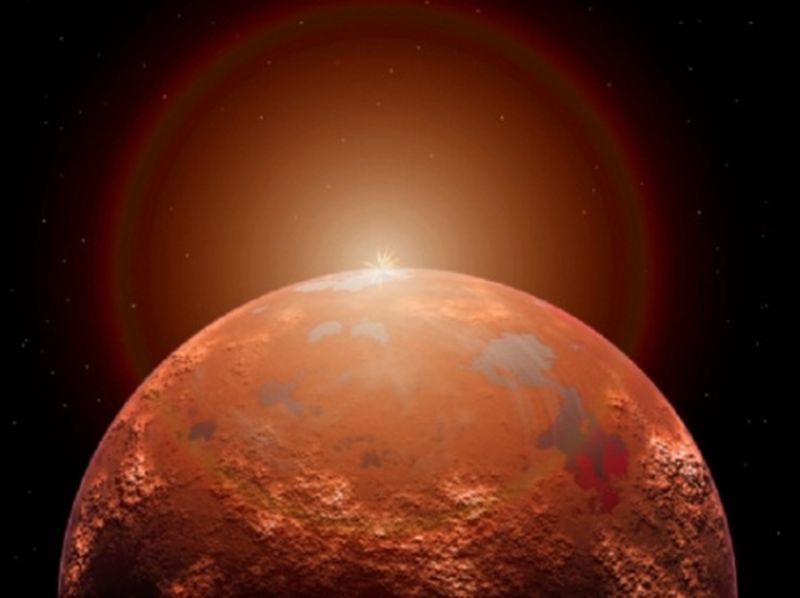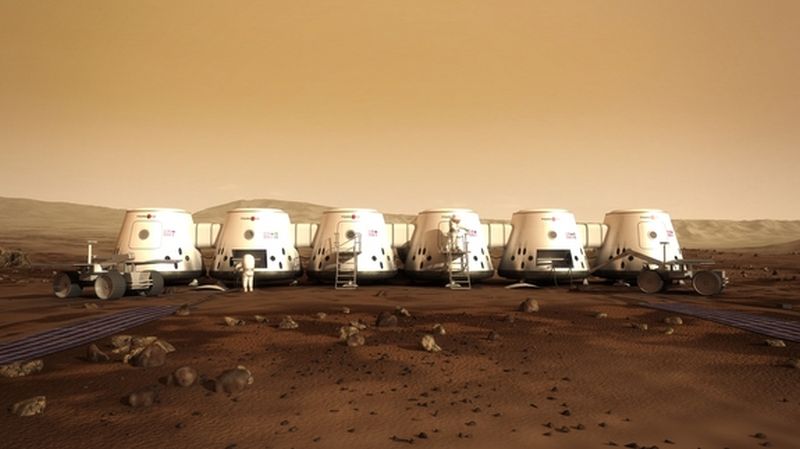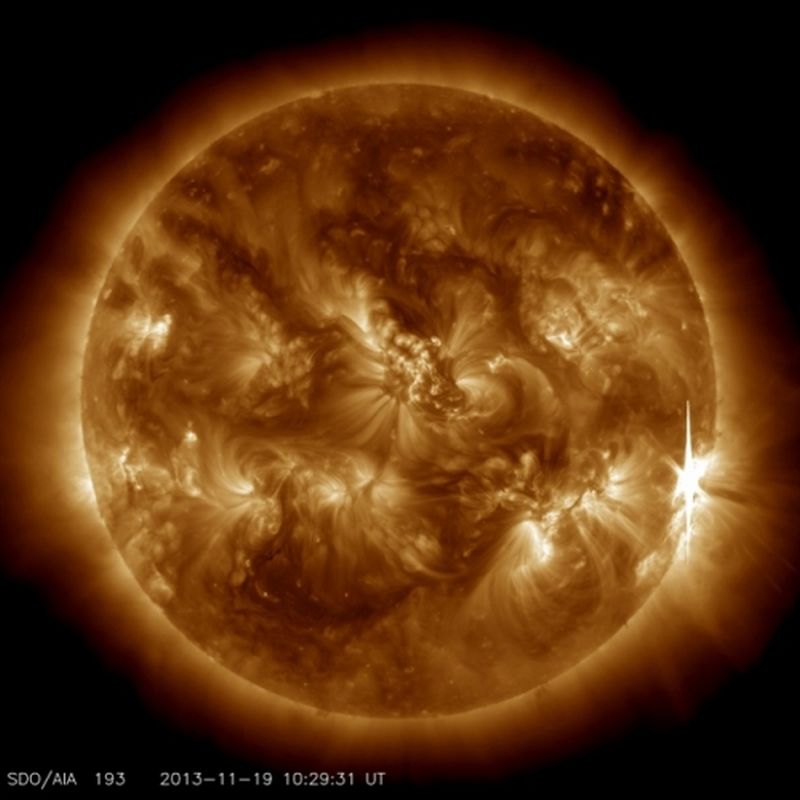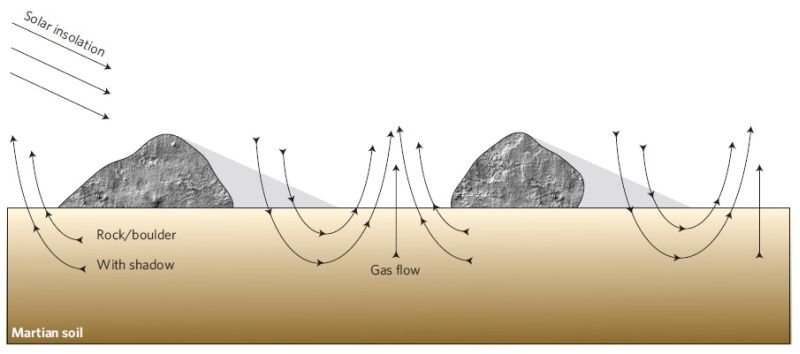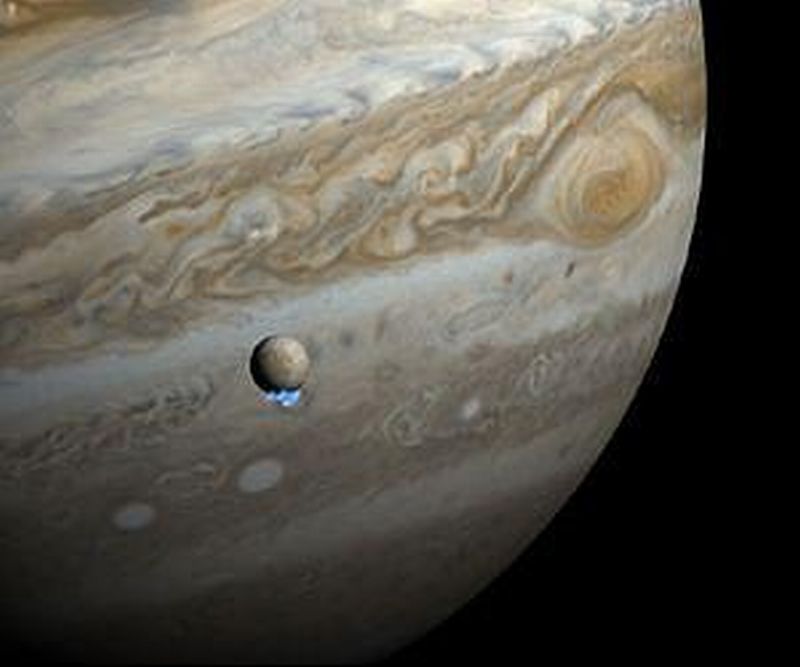From its acceleration to expansion to dark matter and energy, the Universe continues to consistently amaze and perplex our scientists & astronomers alike. From unimaginably gigantic to incredibly minute stuff, there’s an awful lot going around in this field we refer to as ‘existence’. The recent discovery made by the scientists working at the Large Hadron Collider, a place near Geneva, revealed a startling new fact about elusive Higgs boson particle. A lot of buzz surrounded the information revealed by this discovery regarding the constitution of the fabric of the…
Read MoreCategory: Space Tonics
Space Based Solar Power: Photovoltaic Satellite System
Researchers are continually trying to improve the ways to capture solar energy more efficiently for powering industries, towns, remote villages and even for military purposes. Military needs lots of fuel for its operations. In fact, Pentagon oil consumption is one of the largest in the world and with the fuel price rise, the military is searching for other energy options. Therefore, in the United States Naval Research Laboratory, researchers are trying to tap solar energy directly from the space and send it to military base operating in far-flung remote villages.
Read MorePlanet X and Nemesis Myth Debunked: WISE Survey
In an attempt to find the reasons, which led to the wobbly effect of Uranus’s orbit, researchers discovered other planets like Neptune and Pluto but there was no Planet X anywhere. Similarly, the hunt for Sun like star, Nemesis, which they claim might have wiped out the age of dinosaurs completely, is still a far-fetched dream. It’s been an effort of more than two centuries and now the researchers want to draw line to reach a conclusion. Kevin Luhman an astronomer at the University of Pennsylvania asserted that there are no such…
Read MoreGalactic Gas Stations: Re-fueling Spacecrafts on the Way
MIT researchers are planning to build a gas station in space, positioned at some point between the earth and the moon, which can fuel the future spacecraft going on lunar missions. These space-based spacecraft refueling station would involve low cost and require lesser maintenance. The space station will be positioned at Lagrange points, which is that region of space somewhere between the Earth, the moon and the sun that sustain gravitational equilibrium and thus remain at one place with respect to moon and earth.
Read MoreGravitational Torques of Milky Way and Andromeda Responsible for Spatial Configuration
Space scientists have been working long to discover other universes. Many researchers and studies have been conducted so far and are still going on to understand the reasons, which led to the formation of Milky Way and nearby constellation. Till date it has been accepted that Milky Way and its orbiting companion Andromeda are the leading components in a flock of galaxies known as the Local Group, which is nearly 3 million light years away. Lately, a research has open up new avenues with respect to new galaxies within 35-million…
Read MoreFlowing Water on Mars: Still Hard to Prove
Presence of water on Mars has been always a topic of discussion for the researchers. Even though it is still not confirmed, whether the Red planet ever possessed water. Since 2011, peculiar strips (possibly water) have been noticed to appear and then disappear from the planet’s surface. Lujendra Ojha, the then scholar at the University of Arizona, first discovered these mysterious strips.
Read MoreGlobal WiFi Soon Directly From the Orbit: The Outernet Project
Within a year, prototype satellites would be deployed in orbit to broadcast free internet data across the globe. New York’s Media Development Investment Fund (MDIF) is bankrolling the project, called the “Outernet”. CubeSat, a miniaturized satellite is expected to launch around Jan next year provided the prototype, which is being sent to space this June works well. Soon enough Earth would be encircled with such tiny satellites that would be sending internet signals back to Earth and then there would be no such thing called the censored web, as is…
Read MoreFirst Lunar Laser Communication Demonstration Goes Successful
Researchers from NASA and MIT have been trying to create a two-way laser link communication between the Moon and the Earth. The effort has been initiated last year in the month of Oct. First step concluded by beaming of laser light from a spacecraft orbiting the moon to the earth, at White Sands, New Mexico. And then the beam was sent to the spacecraft from the lab and this process went for about a month. Space scientists have dubbed it as Lunar Laser Communication Demonstration (LLCD). The entire mechanism went…
Read MoreSatellite Servicing: Refueling Missions versus Resurrecting Satellites
Satellites do not know concepts like repairing or re-fueling. Once they are put into orbit, they last until the task is completed and then de-orbit. In case of malfunctioning, they are just forgotten about and are left to contribute to space junk. So what exactly would robots in manned cosmonautics do, although researchers envision that the bots would help in repairs and maintenance at the ISS along with other things including minimize human work. Interestingly, DARPA is trying to resurrect the ‘dead’ satellites by imparting the required skills to its…
Read MoreResearchers Map Out Ganymede’s Grooved Terrain: Jupiter’s Largest Moon
After several years of consistent hard work, researchers from Brown University were able to complete the first global gelological map of Ganymede, Jupiter’s largest moon, which is also largest in the solar system. Geologists envision that the map might assist in future exploration since they expects habitable environment upon Ganymede. The moon’s terrain and the possibility of underground waters have made it a subject of curiosity and investigation by the researchers. Voyager and Galileo spacecraft were used to take images for constructing the map. In 1979, Voyager made its first…
Read MoreMars Once Had Pools Of Fresh Water
The red planet had fresh water puddle on its surface around 4 billion years ago, as revealed by NASA Mars Opportunity Rover upon analyzing some of the oldest minerals. The same facts have been confirmed by the Curiosity, the newcomer collecting data on the other side of the planet. Planetary scientist Ray Arvidson, with Washington University in St. Louis said,the pool of water was so fresh that could have sustained all life forms.
Read MoreMars One Aims To Develop Human Habitat On The Red Planet
Humans are always curious about universe, whether there is life like us on any other planet or whether can we thrive on any other planets, both interests us equally. Till now visit to outer space for few months has been achieved, but nobody so far has thought of living on one such planet permanently. In one such mission, Mars One is planning to send selected individuals by 2023 on the red planet Mars (with no return voyage) to become the first ever persons to settle down permanently.
Read MoreSun Does Not Influence The Climate Change
Sun is an enormous source of energy and was considered the prime factor impacting the temperature of our planet Earth. Conventionally, cold and warm climate were considered to be the direct outcome of changes in the solar activity. However, researchers have denied this theory rather claim that the fluctuation in heat from sun does not drastically influence the climate of earth.
Read MoreMars Acting Like An Enormous Gas Pump
Recent research claims that planet Mars might act as an enormous gas pump with its low atmospheric pressure and porous soil making the assertion strong enough to prove the hypothesis. Space scientists have already advocated the constant activity that is going on the surface like dust storms and drifting dunes. And now, the new study holds the certainty of having a similar kind of motion underneath the surface as well. With this assertion, the planet becomes the solar system’s first such body in which continuous pumping on a massive scale…
Read MoreEuropa, Jupiter’s Moon Is Spewing Off Water Vapour
Latest finding put forth by NASA’s Hubble Space Telescope has confirmed that Europa, Jupiter’s moon, is ejecting water vapour. Its surface consists of water ice and has one of the finest gradients in the Solar System. This has led to a conceivable notion that there might exist water ocean underneath. As per the space scientists, this sign might give rise to a possibility of habitability. The discovery that water vapour is ejected near the south pole strengthens Europa’s position as the top candidate for potential habitability. However, we do not…
Read More




